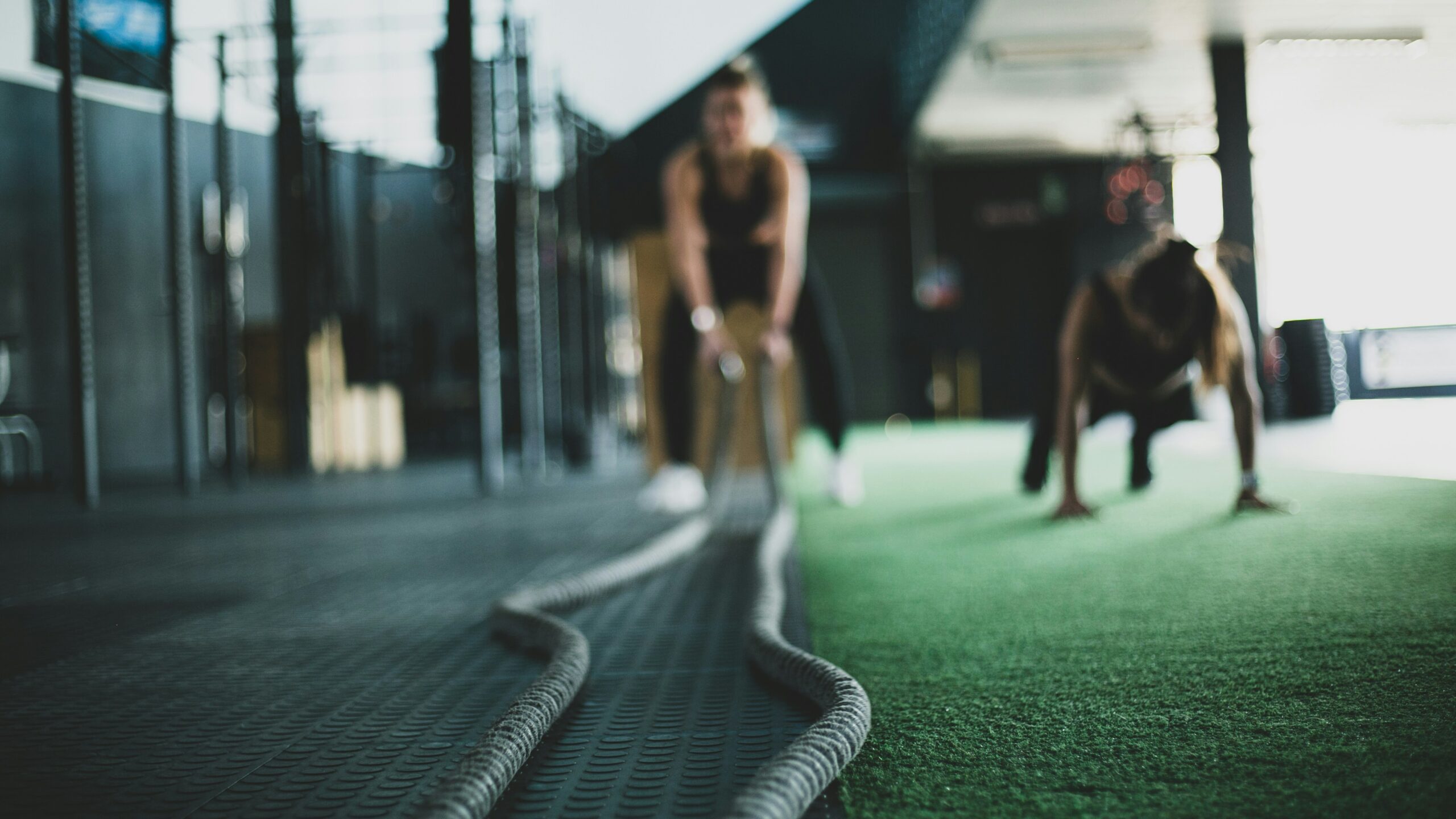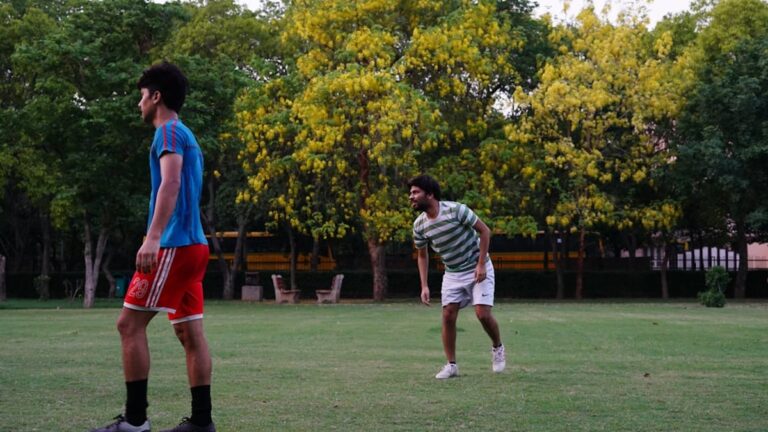Unleashing Potential Through Mindful Movement in Sports and Fitness
Have you ever watched a dancer glide across the stage or a yogi perfectly transition between poses and thought, “How do they do that?” The secret often lies not just in physical prowess but in something deeper—mindful movement. This concept, while often associated with disciplines like yoga and dance, is gaining traction in the realm of sports and fitness, promising to unlock new levels of potential for athletes and enthusiasts alike. In this exploration, we will delve into how mindful movement reshapes the way we engage with our bodies and the impact it has on performance and well-being.
The Essence of Mindful Movement
Mindful movement is rooted in the principles of mindfulness—being present and fully engaged with the moment. It encourages practitioners to connect deeply with their body’s sensations, breath, and movements. This is not merely about going through the motions; it’s about cultivating an awareness that transforms physical activity into a holistic experience.
Consider, for instance, the simple act of running. When one runs mindlessly, it can often feel like a chore, a necessity to check off in a busy schedule. But when you shift into mindful running, you begin to notice the rhythm of your breath, the texture of the ground beneath your feet, and even the sounds of nature around you. This shift doesn’t just make the experience more enjoyable; it can enhance performance by teaching the body to respond to its needs and limits more effectively.
Benefits of Mindful Movement in Sports
The benefits of incorporating mindful movement into sports and fitness are numerous. They span physical, mental, and emotional realms, creating a well-rounded approach to athletic development. Let’s unpack some of these advantages:
Enhanced Focus and Concentration
Imagine preparing for a big game—stress levels are high, and distractions abound. Mindful movement practices, such as meditation or breathing exercises, can help athletes zero in on their performance, minimizing the noise both internally and externally. Research suggests that athletes who practice mindfulness report improved focus, which can lead to better decision-making during crucial moments (like that final shot in a basketball game, which I’m sure we’ve all seen go wildly off course!).
Injury Prevention
One of the most frustrating experiences for any athlete is dealing with injuries. Mindful movement encourages a deeper awareness of one’s body mechanics. By tuning into how the body feels during activity, athletes can identify signs of strain or discomfort before they escalate into injuries. This proactive approach can be a game changer, allowing for adjustments in technique or intensity as needed.
Stress Reduction
In the high-pressure world of sports, mental and emotional health can often take a backseat. Mindful movement acts as an antidote, reducing stress and anxiety levels. Engaging in practices that promote relaxation—like yoga or tai chi—can help athletes maintain a balanced mindset, leading to improved performance and enjoyment of the sport.
Mindful Movement in Different Sports
So, how does mindful movement manifest across various sports? Let’s take a look at a few examples that illustrate the versatility and effectiveness of this approach.
Running
As mentioned earlier, running can be an excellent platform for mindful movement. Many running clubs now incorporate mindfulness techniques into their training regimens. For instance, a group run might begin with a few minutes of guided breathing exercises, allowing participants to center themselves before hitting the pavement. This practice can lead to heightened enjoyment and improved endurance.
Yoga
Yoga, of course, is the poster child for mindful movement. It involves a deep connection between breath and movement, promoting flexibility, strength, and balance. Athletes from various disciplines are increasingly embracing yoga as part of their training to enhance their physical capabilities and mental resilience. I remember speaking to a professional football player who swore that his yoga practice was integral to his recovery from a tough season. He said, “It’s like finding a new gear I didn’t know I had.”
Team Sports
In team sports like basketball or soccer, mindful movement can foster better communication and cohesion among players. Coaches are beginning to integrate mindfulness practices into team training sessions, helping athletes focus on their roles and responsibilities while also enhancing their collective synergy. Imagine a basketball team that practices mindful passing—each player becomes more aware of their teammates’ positions and movements, leading to a fluidity on the court that’s a joy to watch.
Incorporating Mindful Movement into Your Routine
For those of us who aren’t professional athletes, the beauty of mindful movement is its accessibility. You don’t need to be an expert to start reaping the benefits. Here are some practical tips to incorporate mindful movement into your fitness routine:
- Start with Breath: Before your workout, take a few moments to focus on your breath. Inhale deeply, hold for a moment, and exhale slowly. This simple practice can help ground you.
- Pay Attention to Your Body: During exercise, tune into how your body feels. Are there areas of tension? Are you pushing too hard? Adjust accordingly.
- Practice Gratitude: Take a moment during your workout to express gratitude for your body and its capabilities. This shift in mindset can profoundly affect your experience.
- Incorporate Meditation: Consider adding a short meditation session to your routine, perhaps at the beginning or end of your workouts. It doesn’t have to be long—just five minutes can be transformative.
Challenges to Mindful Movement
Despite its many benefits, integrating mindful movement into sports and fitness is not without challenges. One major hurdle is the fast-paced nature of modern life. With countless commitments and distractions, finding the time—and motivation—to practice mindfulness can feel daunting. I mean, who hasn’t rushed through a workout just to tick it off the list? It’s all too easy to get caught up in the grind.
Furthermore, there can be skepticism about mindfulness in the athletic community. Some may view it as a “soft” approach, incompatible with the grit and determination often celebrated in sports. However, as more athletes share their experiences and research continues to highlight the benefits, this perception is gradually changing.
The Future of Mindful Movement in Sports
Looking ahead, the future of mindful movement in sports and fitness appears promising. As awareness grows, coaches, trainers, and athletes are beginning to embrace this holistic approach, recognizing its potential to enhance performance and well-being. Initiatives that promote mindfulness in schools and community sports programs are cropping up, suggesting a cultural shift towards valuing mental health alongside physical prowess.
Moreover, technology is stepping in to support this movement. Apps focused on mindfulness and meditation are becoming more popular among athletes, offering resources to help integrate these practices into daily routines. I once spoke with a triathlete who swears by a meditation app that guides her through visualization techniques before races—she claims it’s her secret weapon for staying calm under pressure.
Conclusion: The Journey Ahead
In the end, unleashing potential through mindful movement is about more than just improving athletic performance. It’s about fostering a deeper connection with our bodies, enhancing our mental resilience, and ultimately enjoying the journey of fitness and sports. As we continue to explore the intersection of mindfulness and movement, it becomes clear that this approach holds the keys to unlocking a richer, more fulfilling experience in sports and fitness.
So, whether you’re a seasoned athlete or someone just looking to add a bit of joy to your workouts, consider giving mindful movement a try. You might just find that it transforms not only how you move but also how you feel.













